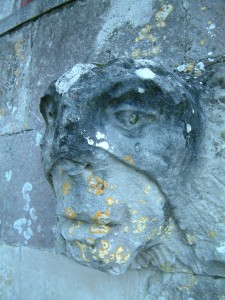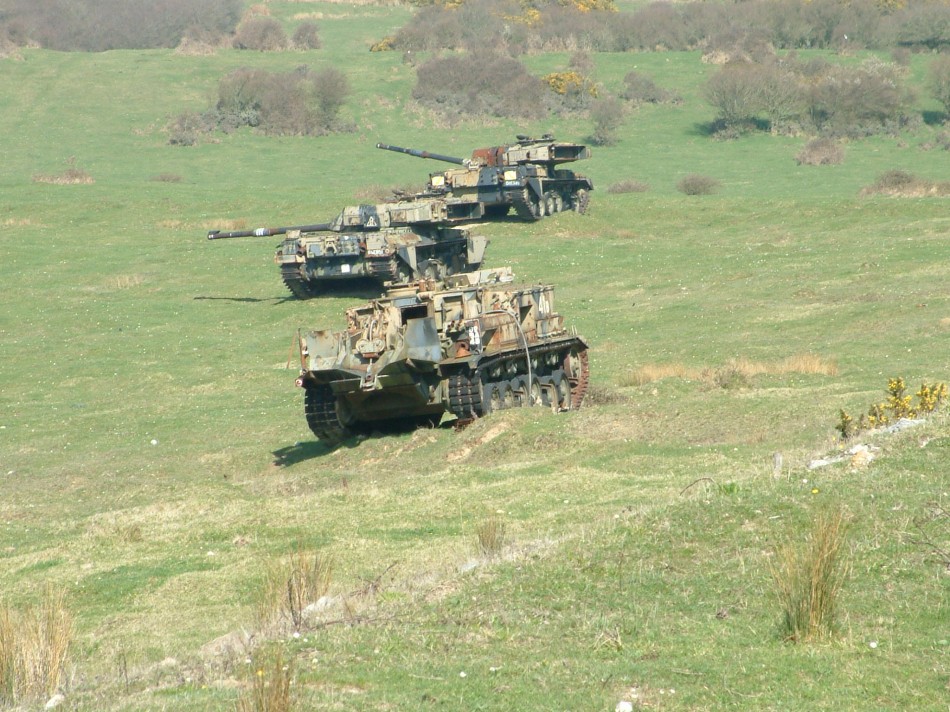
A pair of Chieftain Main Battle Tanks lead an engineer tank along the edge of the hill side on the Tyneham ranges. Once costing millions of pounds and a vital part of the British Army’s defence in Europe during the cold war, they are now little more than scrap.
Today they now provide training targets for Tank gunners not even born when the Berlin Wall stood. Older relics have been moved from the ranges, and there is often an out cry that part of military history can be so treated, but the Army needs ranges and targets. The local Tank Museum at Bovington www.tankmuseum.org.uk is the biggest and best in the world and has many restored examples saved from ranges, and if they were not placed on remote hill sides as targets they would have gone for scrap decades ago. Fascination with the wrecks is a problem for the Army as people risk death or serious injury to see them up close or look for mythical rare models from the war. A few Comet, Cromwell, Churchill and Conqueror tanks exist on other ranges, without any public access and long since little more than battered rusty hulks, but there are none at all on the Tyneham range. A dozen or more Chieftains can be viewed safely from the road and footpath on days when the ranges are open, to risk injury simply isn’t worth looking for ghosts.
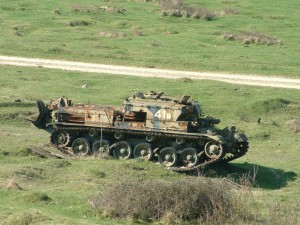
The road from Lulworth Castle toward Swanage along the hillside affords spectacular views over Poole and the county from the coast. Not always open,ring to find out if it is safe. Dropping down over the ridge of the hill there lies the abandoned village of Tyneham. Like the tanks, battered but preserved. Commandeered in 1943 to provide a larger training area for the longer range weapons and greater size of forces preparing for the D Day invasion the public can visit at times and usually through August. A separate blog will cover my visit there in more detail.
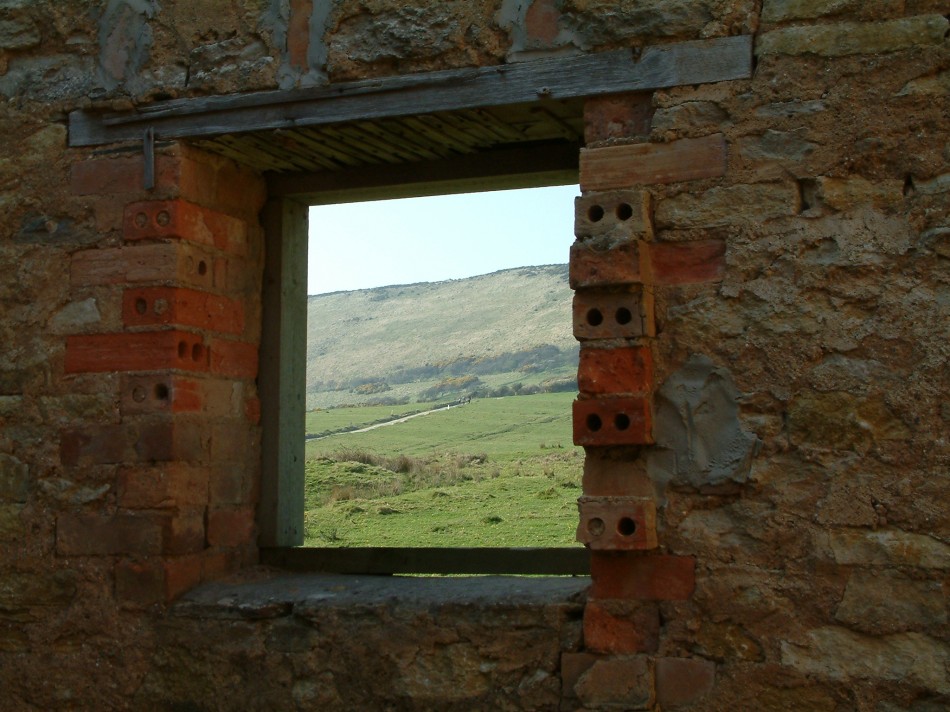
View from a deserted house in Tyneham village, the tanks are situated on the other side of the ridge. And on a final note please remember that long after the war five young boys from the Forres School in Swanage found a tin of Spam on the beach 13 May 1955, and when they attempted to open it they were obliterated. Many mines and shells are still unaccounted for, in the fear of invasion in 1940 many were not properly recorded as they were laid in haste.

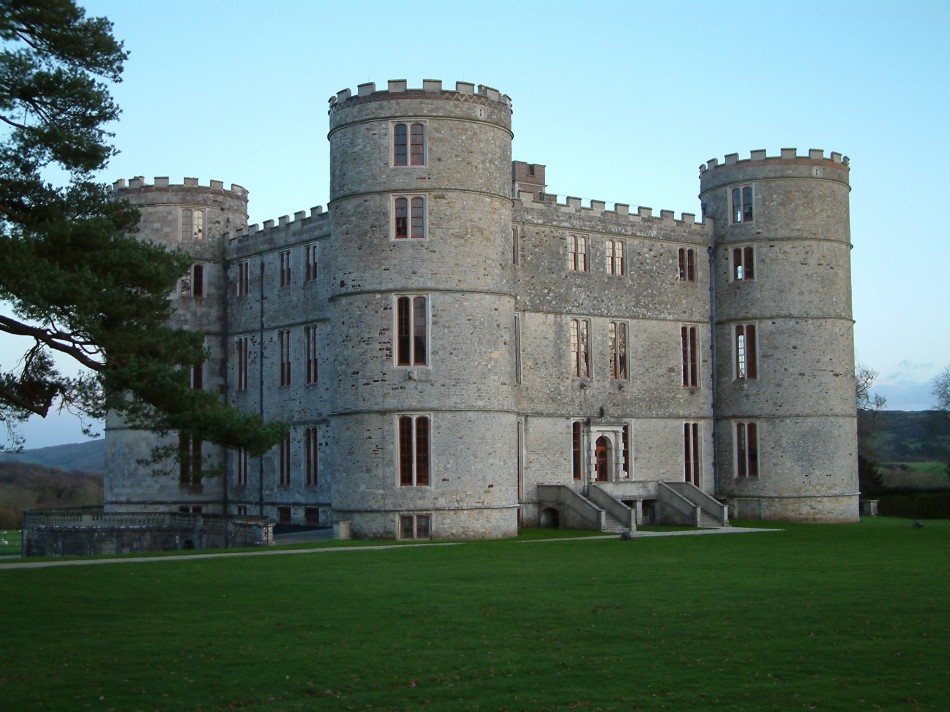
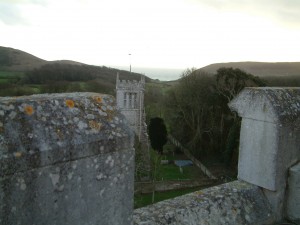 The Arishmel Gap looking toward the sea from Lulworth Castle. In 1942 a Focke Wulf 190 ‘nuisance’ raider (which plagued the whole Dorset coast with attacks on civilians in village streets as well as the nearby Lulworth Army camp and major towns) misjudged his flight under the radar through the gap and made perhaps the largest explosion the ranges have seen.
The Arishmel Gap looking toward the sea from Lulworth Castle. In 1942 a Focke Wulf 190 ‘nuisance’ raider (which plagued the whole Dorset coast with attacks on civilians in village streets as well as the nearby Lulworth Army camp and major towns) misjudged his flight under the radar through the gap and made perhaps the largest explosion the ranges have seen.